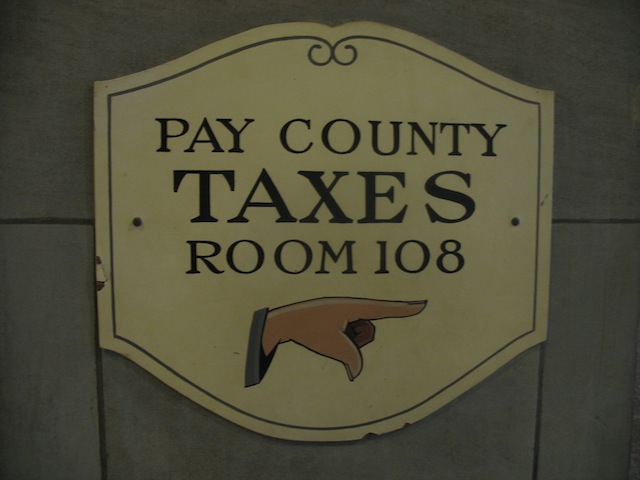Today has been a big day for Australian navel-gazing with a range of reports released on the country’s prospects on in the Twenty-First Century.
One of the reports was the Joined Up Innovation survey commissioned by Microsoft and written by PwC, I wrote a story for Business Spectator on the results.
While the Microsoft report focused on the small business sector, Startup Aus released their Crossroads report that warns Australia is falling behind the rest of the world. Smart Company’s Rose Powell has a more detailed summary of the report.
Alan Noble, head of Google’s Australian Engineering operations warns, “we still lag behind many other nations, with one of the lowest rates of startup formation in the world, and one of the lowest rates of venture capital investment.”
“If we fail to address this, we risk forfeiting over $100 billion in economic benefits from emerging tech companies, and an irreversible decline in Australia’s competitiveness.”
Looking in from the outside
Particularly notable from the two surveys is that the discussion about Australia’s tech competitiveness is the debate is being led by two local employees of US Multinationals.
For a local perspective, the Macrobusiness blog joins the day’s chorus with a long examination of the risks to Australia’s living standards by being too far down the global value chain.
In the Business Spectator piece, I compared some of PwC’s recommendations with the efforts of the UK and Singapore to rebuild their manufacturing industries.
Australia’s collective decision
For Australia, it’s probably way too late to worry about most of the manufacturing industry as in the 1980s the country made a collective – and almost unanimous – decision to shift the economy to being resources and high value added services.
The high value added services haven’t eventuated; mainly because the internet has shifted the global dynamics towards lower cost centres and partly because Australian business leaders decided it was easier to exploit their domestic market power rather than compete globally.
Mining proved to be a better bet, more by the accident of China’s turn of the century boom rather than any deliberate policy, however the industry employs less than ten percent of the workforce and the vast majority of Australians living in the South East corner of the country have little contact with the resources industry.
A consumerist utopia
For most Australians, employment and prosperity relies upon a growing population driving city GDP growth with domestic wealth supported by buoyant property prices. Australia truly is the consumerist utopia.
As a result of a booming, seemingly unstoppable, housing market and an expending resources sector, Australia’s exchange rate has soared while the nation’s productivity has slumped.
Making matters worse is that outside of mining and a few agricultural markets most of Australia’s industry is grossly expensive by global standards and suffering from chronic under-investment.
An unsustainable economic model
That model is not sustainable, it will take one shock to Australia’s housing market to see the good burghers of Brisbane, Sydney and Melbourne impoverished so the nation’s continued prosperity requires something to drive the economy beyond low interest rates and Chinese commodity purchases.
Whether Australia’s business and political leadership are capable of hearing and reacting to these reports remains to be seen, but they will have no excuse to say they weren’t warned.




